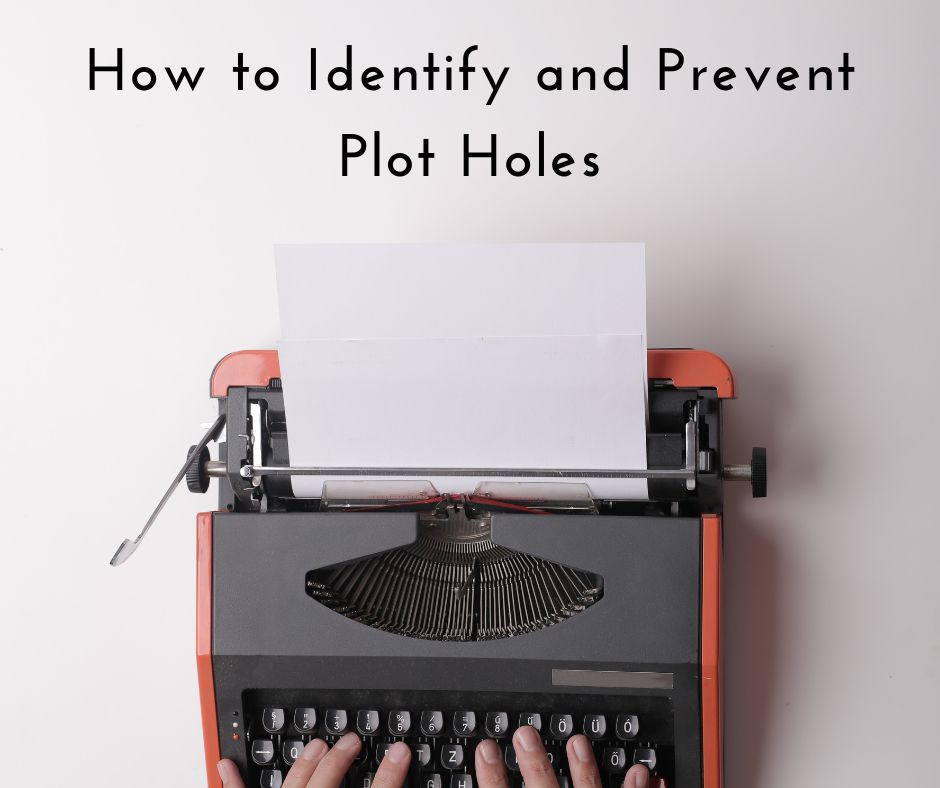Have you ever been reading a novel and suddenly remembered something about a character that contradicted what you knew about them up to that point? It’s possible that three chapters in, the protagonist is seen going to Yosemite in her red Mustang despite having previously been described as being scared of driving and thus avoiding driving automobiles. You could reread the book to find this metamorphosis, but it isn’t there.
A “Wait, what happened to…?” moment may also have occurred. The author introduced you to a character, spent several pages fleshing out that character, and then abruptly cut ties with that character without providing any context or backstory.
This is an example of a plot hole, the literary equivalent of a black hole in space, where events or characters seem to detach themselves from the overall narrative. By reading this helpful guide, you’ll understand what a plot hole is, the different kinds of plot holes, and strategies for avoiding them in your writing.
Defining a Gap in the Story
A reasonable question is what constitutes a plot hole. A plot hole can be defined as an incoherent portion of a story that goes unaddressed or explained. These are typos that the writer overlooked when writing or revising the piece.
One’s first instinct might be to assume that a plot hole indicates poor writing or lack of attention to detail on the author’s part. Still, even the most well-known authors have needed help with their stories. Nevertheless, authors should be cautious to prevent plot holes, which frustrate and perplex readers.
Formats for Gaps in the Story
Take into account the many possible “falling in” story holes an author could encounter:
Conflict in the Storyline
In the first part of a story, the reader is mainly focused on the finer points of the narrative. A plot contradiction occurs when a central tenet of the story, such as the protagonist’s origin or the setting, is later proven false. For instance, the protagonist’s hometown is initially said to be Trenton, New Jersey, then six chapters in, the setting shifts to Bakersfield, California. The editor can usually spot this sort of inconsistency.
Deviating from Convention
Some story flaws are deliberately done. Some authors intentionally deviate from accepted literary conventions to establish their distinct voices. The trouble with this approach to the plot is that it leaves the reader with a sense of inconsistency. Even though it’s common knowledge that the North Pole is inhospitable due to its extreme cold, the author has their characters stroll around in T-shirts and shorts. This depicts implausible happenings and creates a mental plot hole.
Endless Storyline
The author’s sudden abandonment of a previously established story point or character ranks high on readers’ lists of the most annoying plot holes. Plot gaps, such as those caused by unresolved plots or missing characters, can leave readers unsatisfied. An additional term for this is continuity glitch.
Weird Information
Most frequently seen in historical fiction, narrative holes are an error that can detract from an otherwise interesting story. The story is set around 1870, yet one of the protagonists turns on the lights when she comes inside her home. Before the 1930s, electricity was rarely found in private residences. Depending on the context, this factual inaccuracy could leave readers baffled.
Known Cases of a Missing Piece of the Puzzle
Refrain from assuming that even the most experienced authors can’t make a glaring storyline error. I’ll give you a handful of the more well-known examples:
The Case of the Surprising Pirates in Hamlet. When Hamlet was taken to England, he was captured by pirates. But now, all of a sudden, he’s in Denmark, and he has no idea how he evaded the pirates or how he got here.
Huckleberry Finn, Global Positioning System. Huck and Jim were rafting down the river in one scenario. Since the “Raftsmen Passage” was cut from the condensed version of the tale, the raftsmen would have needed superhuman abilities to determine their precise location on the river.
Couldn’t a Time-Turner Fix This? and Harry Potter. Hermione’s time turner has been the subject of numerous articles pointing out its incoherence. It is clear that once an event has occurred, the time turner can no longer undo it.
Avoiding Logic Gaps
These guidelines can help writers avoid creating story holes:
- Draft a plan. An outline is a plan for your novel that you may refer back to and modify as you write. Utilizing a system is a great way to ensure that your story stays on track and that no critical details are overlooked.
- Check the facts. Historical fiction requires careful attention to detail and thorough research to prevent factual inaccuracies.
- Pace yourself. Inattention or exhaustion might cause the reader to miss crucial details or even a significant flaw in the story. Maintain your concentration by taking short breaks every so often.
- Make use of a seasoned editor. It is true that authors typically need help to see their flaws, such as gaps in the story. Consider investing in a competent editor to help you polish your work as you go.
When we see plot holes, we all have different reactions to them but sometimes it doesn’t come out as positive. However, it is not simple for authors to identify the narrative holes they have because they get too engrossed in their story that sometimes little elements can be easily forgotten. So as writers, if you ever think that you need to ponder or consider more things about your narrative or if you think that something feels strange about your story it is advisable that you check it twice and find out if there are any plot holes in your novel.

Dear quantumdiscovery.net administrator, Your posts are always well-received and appreciated.
Thank you for staying tuned to our blog posts. We truly appreciate your time reading our posts, especially for leaving good feedback.